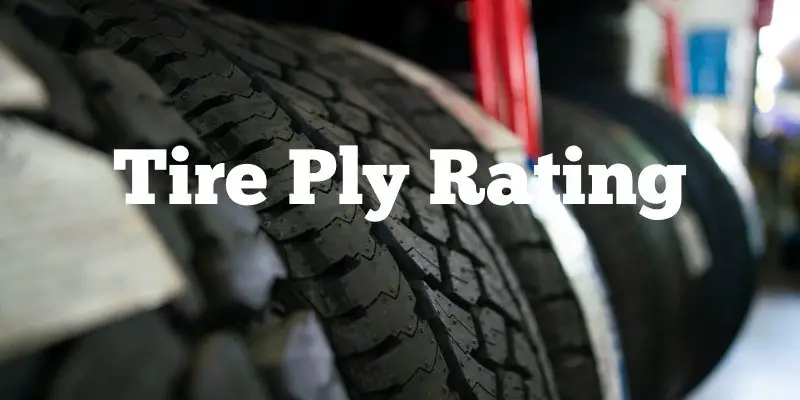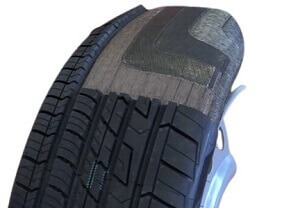What Does Ply Mean in Tires?

When shopping for new tires, you’ve probably noticed a “ply rating” listed in the tire specifications, like “4-ply” or “10-ply”. But what exactly does ply mean?
In short, ply refers to the number of layers of material, usually polyester or nylon, that make up the tire carcass under the tread. The higher the ply rating, the tougher and more load-bearing the tire.
“Ply” in “Tires”
To understand ply, picture a club sandwich – layers of meat and veggies between slices of bread. A tire carcass is similar. Layers of rubber-coated fabric called “plies” are stacked and vulcanized together, forming the backbone that supports the tread.
Back in the early days of tires, the number of cotton layers determined the ply rating. A “4-ply” tire literally contained 4 layers of cotton fabric.
Modern tires use stronger synthetic fabrics like polyester and nylon. Today’s “4-ply” car tire has only 1-2 layers, but they’re made from materials equivalent in strength to 4 cotton plies.

More Plies, More Strength
In general, tires with higher ply ratings are tougher and can carry heavier loads. An 8-ply tire is stronger than a 4-ply. A 10-ply is even burlier.
Trailer tires and light truck tires often have higher ply ratings to handle the extra weight they carry. For example, a typical passenger car tire is 4-ply (or 4-ply equivalent). But a light truck tire hauling heavy cargo might be 10-ply to support the increased load.
Ply vs Load Range
Another term you’ll see alongside ply is “load range”. Ply rating and load range are closely related. As ply counts increase, so does the load carrying capacity. It looks like this:
4-ply = Load Range B
6-ply = Load Range C
8-ply = Load Range D
10-ply = Load Range E
12-ply = Load Range F
So when you see “Load Range E” on a tire sidewall, you know it’s a beefy 10-ply rated to carry heavy loads.
Layers of Function
While extra plies add toughness, the overall number of layers in a modern radial tire goes beyond just the ply rating. There are actually 3 types of layers in the carcass:
- Radial ply layers that run perpendicular to the tread
- Belt layers under the tread that provide stability
- Sidewall layers that protect against punctures
Each layer plays a role in performance, from stability to puncture resistance. More layers generally mean greater durability and load capacity.
Picking Your Plies
For the average driver, the default 4-ply tires that come with your vehicle are fine for everyday use. But if you haul heavy loads or tow a trailer, stepping up to a higher ply tire provides extra strength and durability to handle the added stress.
When selecting tires, consider your vehicle type and how you use it. Consult the load and inflation tables to find tires with an appropriate load range and ply rating. And of course, if you’re unsure, ask a tire professional for guidance.
Understanding ply ratings helps you pick the right tires for your needs. Whether you need a hardy set of 10-ply tires to haul an RV cross-country or a standard 4-ply set for commuting to work, knowing the “why” behind ply counts is key to making an informed choice.

